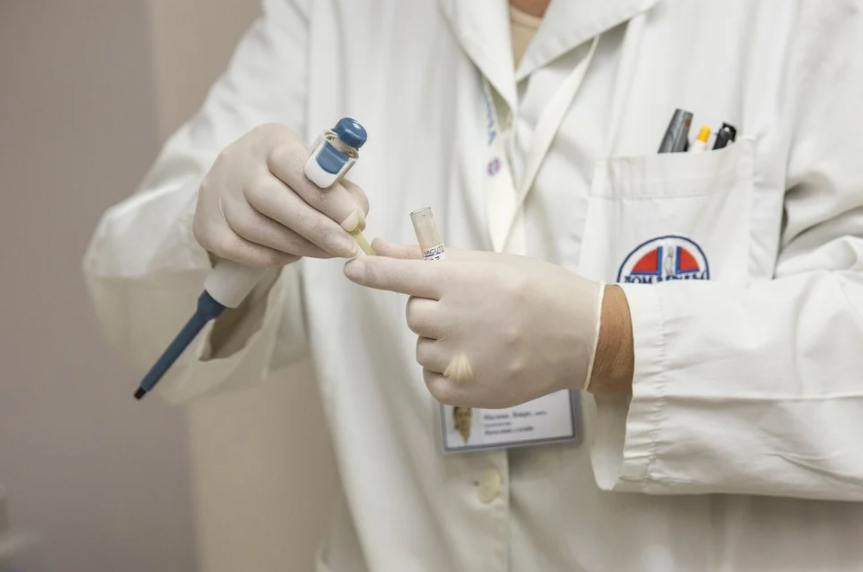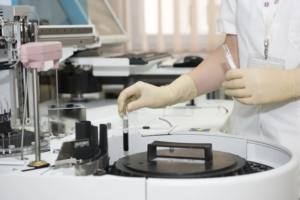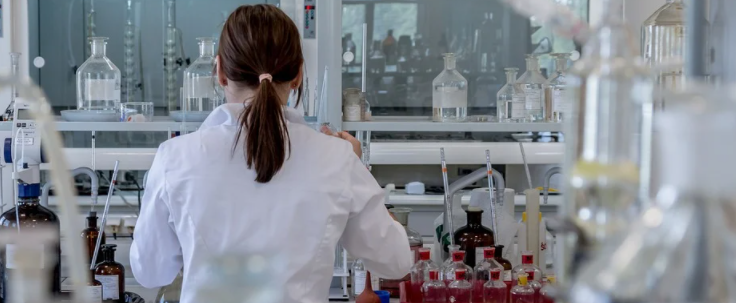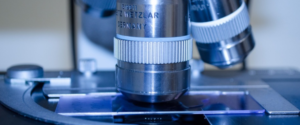Dangers of Medical Malpractice

Whenever a medical practitioner doctor fails to extend a patient sustaining regular quality care, this unfortunate occurrence of medical errors transpires, resulting in injury or personal injury.
Medical Malpractice
 Medical malpractice can adversely affect every aspect of a person’s life, with physical and mental damage that can go as far as severe financial difficulties. These difficulties can include; loss of function, loss of gain, permanent disability, increased medical expenses, chronic pain, etc. The additional medical costs of administering drug-related disturbances in infirmaries are conservatively calculated at $3.5 billion per year. These costs have led to higher health insurance premiums.
Medical malpractice can adversely affect every aspect of a person’s life, with physical and mental damage that can go as far as severe financial difficulties. These difficulties can include; loss of function, loss of gain, permanent disability, increased medical expenses, chronic pain, etc. The additional medical costs of administering drug-related disturbances in infirmaries are conservatively calculated at $3.5 billion per year. These costs have led to higher health insurance premiums.
Suppose a doctor or healthcare facility makes a mistake in treating a patient. In that case, the extent to which that mistake affects the individual will determine whether it can be considered medical misconduct. Certain elements must be present for a medical error to be formally considered a mediation. Not only must these elements exist, but the complainant must be able to provide sufficient evidence and certification to support them. Proof of the standard of care is only one of the problematic aspects of a malpractice claim. The exceptional nature of the maintenance allowance must be disclosed in some details regarding the person’s state of health. Still, it must also be shown how the defendant (health care provider or institution) violated the care standard. In general, the correct level of care is considered the same level of maintenance that any reasonable health care professional with similar training in the same specific medical field provided by the defendant.
Medical Obstacles
 Even after obtaining sufficient data from patients, health care professionals may still make a misidentification that leads to bodily injury or death. If you believe you were injured due to a medical error, you may perform a case of medical malpractice. The precise manner for determining when you are qualified for compensation is to consult an attorney trained in that particular instance. If medical malpractice has been confirmed, you will probably still need to prove that the injury or damage was caused. If a lawyer has proven that you have suffered injury or damage, you may be reimbursed for the damages; medical expenses (future and present), rehabilitation, pain and suffering, care and help at home, travel expenses, punitive damages.
Even after obtaining sufficient data from patients, health care professionals may still make a misidentification that leads to bodily injury or death. If you believe you were injured due to a medical error, you may perform a case of medical malpractice. The precise manner for determining when you are qualified for compensation is to consult an attorney trained in that particular instance. If medical malpractice has been confirmed, you will probably still need to prove that the injury or damage was caused. If a lawyer has proven that you have suffered injury or damage, you may be reimbursed for the damages; medical expenses (future and present), rehabilitation, pain and suffering, care and help at home, travel expenses, punitive damages.
It is often difficult to know if you want a lawyer who deals with negligence. If you think you are a victim of the law, consulting an attorney specializing in custody can help you determine if there is a case. An experienced medical malpractice lawyer can help you get compensation for many different types of losses resulting from another healthcare professional’s negligence. Find a personal injury lawyer in Toronto who can help you honestly in your situation.…



